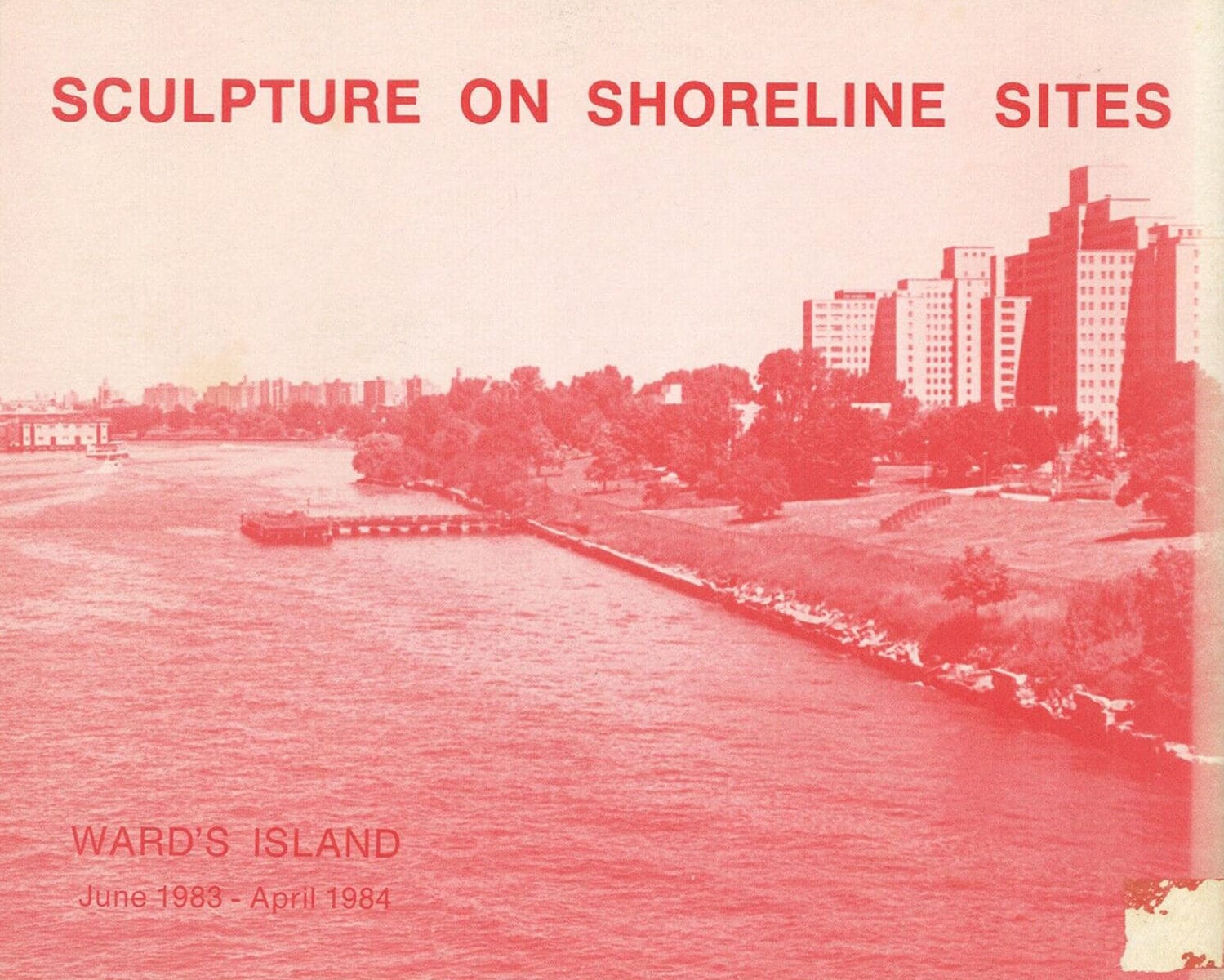Building on recent art historical approaches that expand understandings of disability and madness as aesthetic values, this dissertation focuses on artistic practices in public space that emerged alongside psychiatric deinstitutionalization in late 1970s and early 1980s New York City. It asks: How did changes in mental health politics reorganize architectures of care? How was art in public space employed to sustain the legitimacy of psychiatry in its new deinstitutionalized form? And what kinds of artistic practices generated spatial experiences that diverged from psychonormative orientations and challenged psychiatric oppression? Through a series of case studies across Manhattan, this study traces a dual trajectory. On one hand, it analyzes how institutions instrumentalized cultural production to rebrand hospital grounds. On the other hand, it brings these institutional uses of public art into dialogue with historical trends in public sculpture and performance, within the emergent discursive frameworks of the early psychiatric survivors’ movement.
